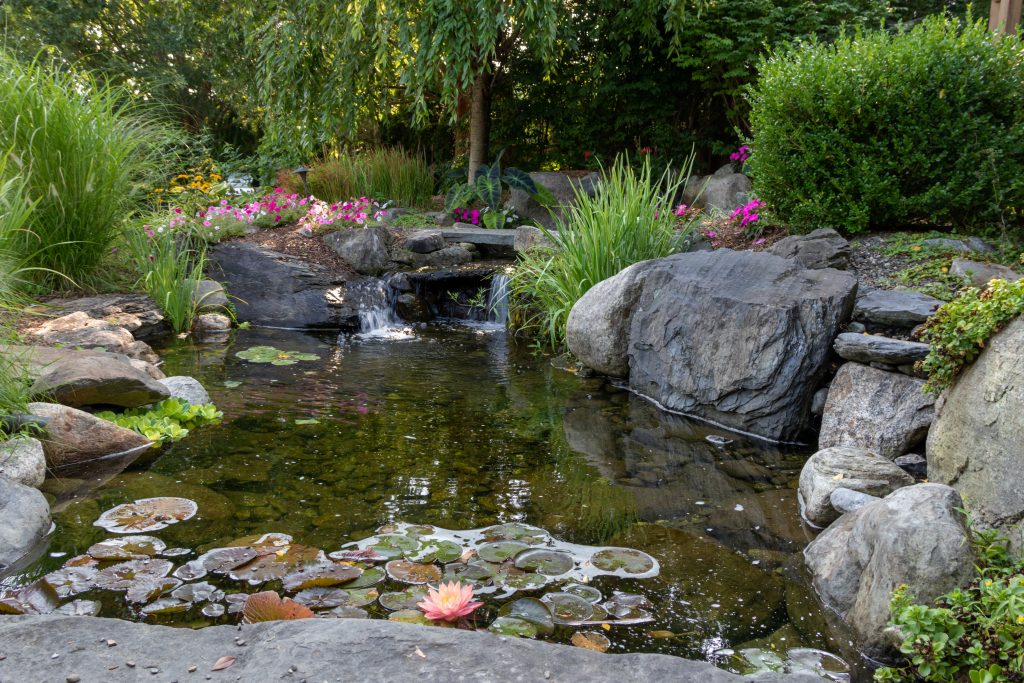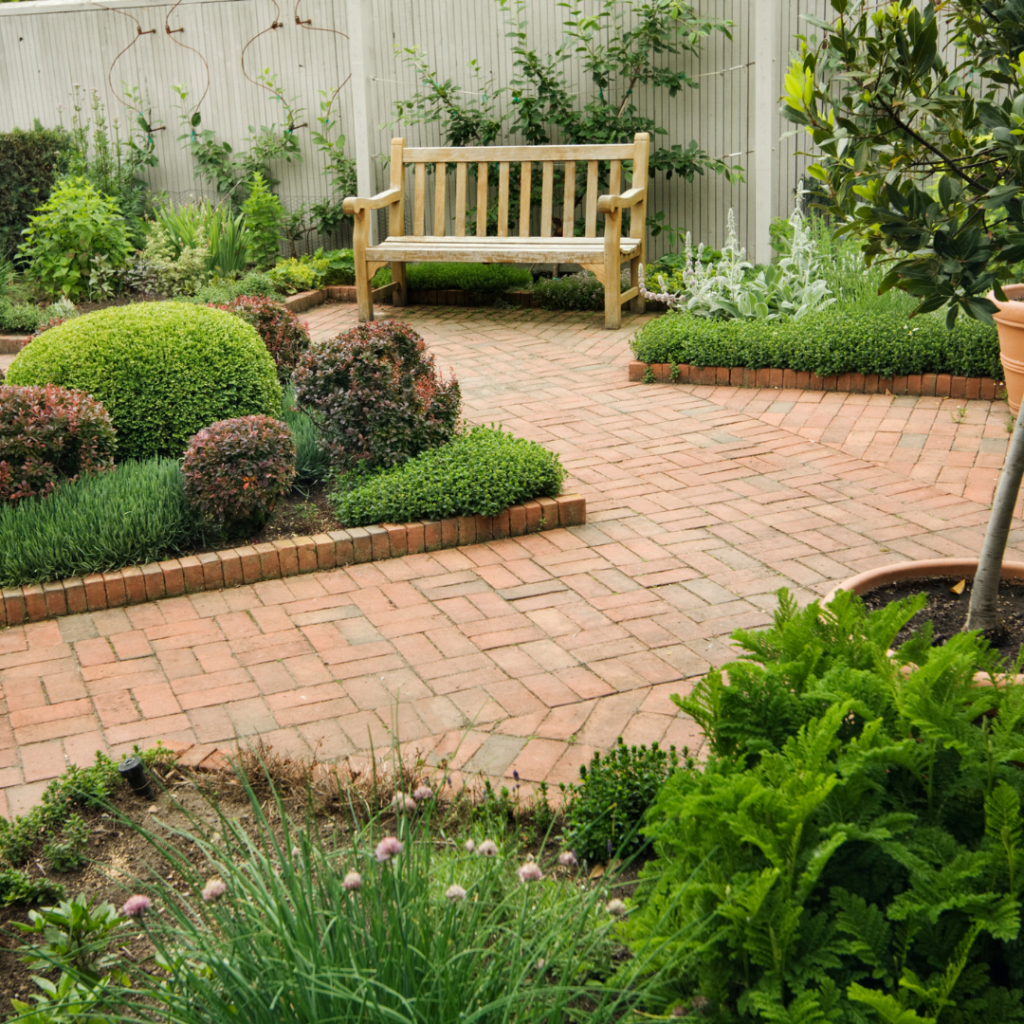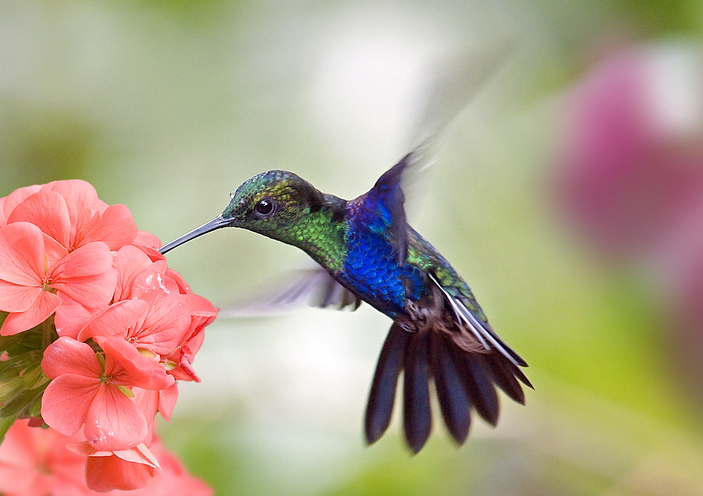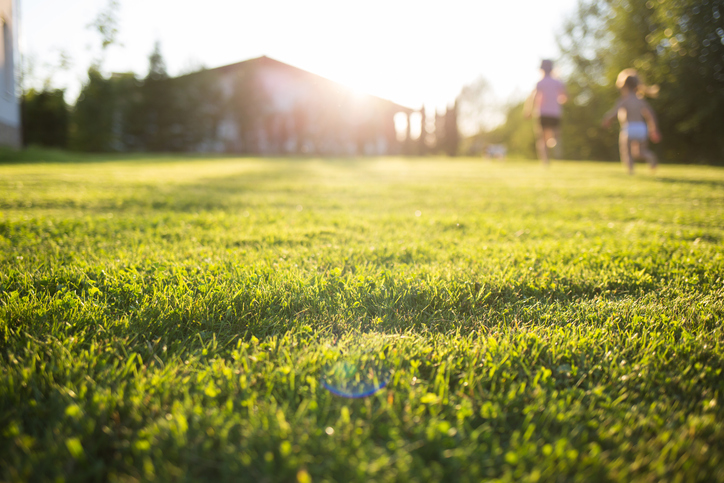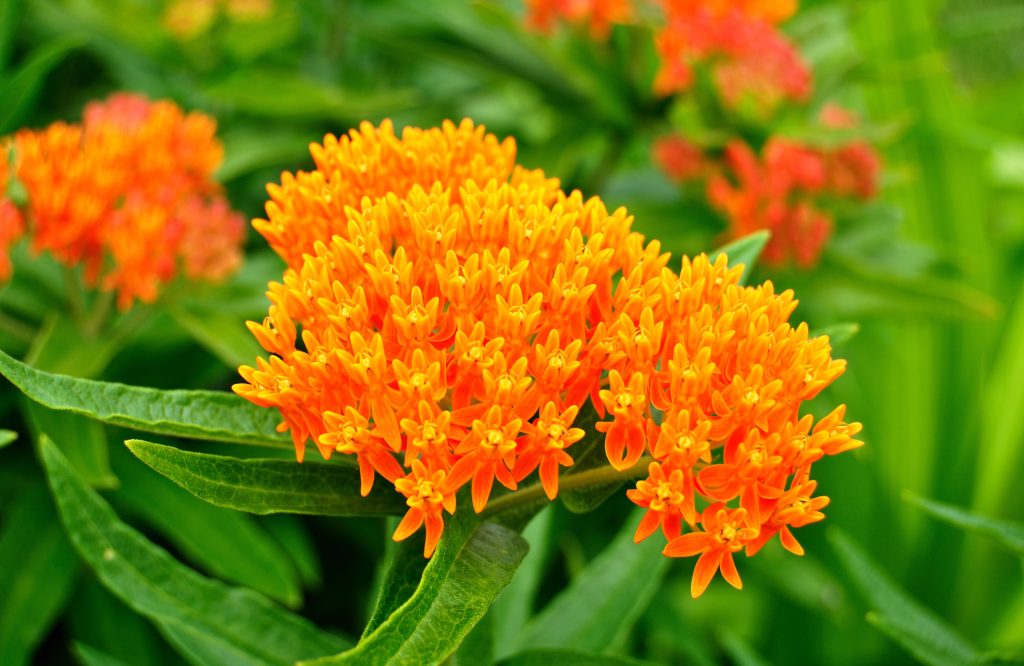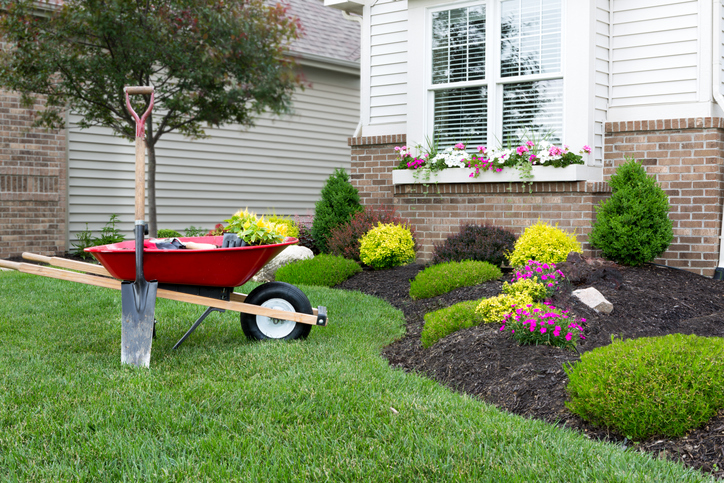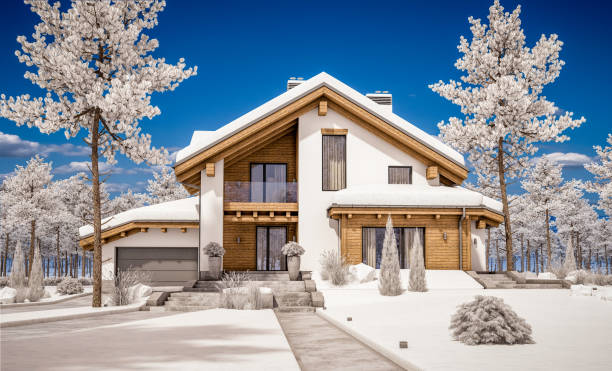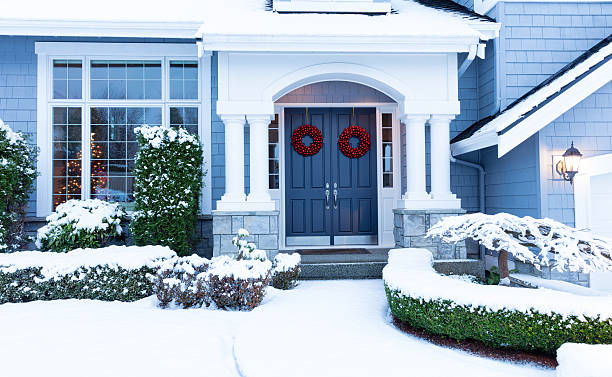
Whether you are beginning the task of landscaping your property from scratch, or are modifying an already landscaped property, choosing the right plants for your yard can be daunting. Many considerations need to be taken into account, in plant selection, and it can be easy to get overwhelmed by the decision-making process. Thankfully, our Giovine Landscaping design experts are here to explain everything, and they will always help you select the best plants for your property.
Choosing the Right Plants For Your Property’s Conditions
First, you need to consider the unique conditions of your property, to help you figure out what plant species will grow best in your yard. You should then consider the yard size, soil type, geographic orientation, micro-climate, balance of shade and sun, water availability, USDA plant hardiness zone, wind exposure, pests, local wildlife, and other conditions to which your plants will be exposed.
Some of these factors are more easily ascertained than others, but all of them are necessary in deciding which plants will thrive in your yard. Considering the type of soil to use on your property can be confusing, for example. There are numerous types of garden soil with different physical compositions, chemical makeups, and levels of nutrients. Tulips grow very well in sandy soils while rhododendrons grow best in peaty soils. You should figure out which type of soil is present on your property so that you will be able to more effectively choose the plants that will thrive in that soil. Knowing all of the other conditions of your property’s chemical and physical makeup will also be very helpful in choosing what will work best for planning out any new landscaping project.
Plant Selection Mistakes
If a mistake is made and a particular plant does not thrive on your property, it can always be replaced, with the exception of large trees. Large trees grow slowly and can even present a danger to your property if they are weakened. Planting a large tree in the wrong environment can present a potentially dangerous situation for you and your home, so it is important to work with a professional in choosing the right place for a large tree. The tree experts at Giovine Landscaping are available to help you make the right and the BEST decisions when it comes to selecting the right landscaping for your particular environment.
Reflect On Your Needs and Aesthetic Preferences
Once you have determined the conditions of your property, you should consider the types of plants you want and need on your property. Yard plants can be split into six groups: trees, garden shrubs, vines, ground covers, perennials (flowers that come back on their own every year), and annuals (flowers that need to be replaced every year).
As a property owner, you need to figure out what you need and want from each of these categories, so that you can select the proper plants. How much maintenance will your new landscaping require? What will your yard be used for most of the time? Perhaps you have children, and you would like to utilize a turf lawn for your primary ground cover, to give them a place to play sports. Lifestyle needs vary from person to person and family to family. Knowing what your options are, will help make your final decisions in designing your outdoor spaces.
There are many possible considerations for each of these categories. You may also have a landscape design aesthetic in mind, that involves utilizing many different plant species. If you love bright colors, you can obtain colorful annuals and flowering shrubs, or if you want more of a traditional green look, you can choose plain green varieties. If you have any family pets that will be spending time outdoors on your property, it is essential to avoid using any plants that are poisonous to animals, to avoid any tragic accidents.
Find Native Plants
Finally, when selecting plants for your yard, it is important to consider utilizing native species. Native species are plants that occur naturally and have evolved in a specific ecosystem over a long time. These plants have adapted to the climate, soil conditions, and wildlife in a specific environment and have helped them acclimate based on all of these factors. Native plants provide many ecological benefits. Earth is currently in the midst of an extinction crisis, so utilizing native plants can help provide resources to local species and prevent the expansion of invasive foreign species that are hurting local ecosystems. Native plants are also often easier to maintain and often require less fertilizer, pesticides, and water than foreign plant species. If you choose native plants for your property, you can save money AND the environment at the same time.
In order to gain the benefits of hosting native plants on your property, you first have to identify what species are native to your area and find out where you can purchase them. It is not always easy to find native plants, but you can do some research and you can try using the Homegrown National Park’s native plant finder. This is a great resource to assist you in your search.
Giovine Landscaping
If you require assistance choosing the right plants for your property, designing your landscape, or installing your landscape design, do not hesitate to reach out to Giovine Landscaping. We can handle all of your landscape design, installation, and maintenance needs. Call today!
